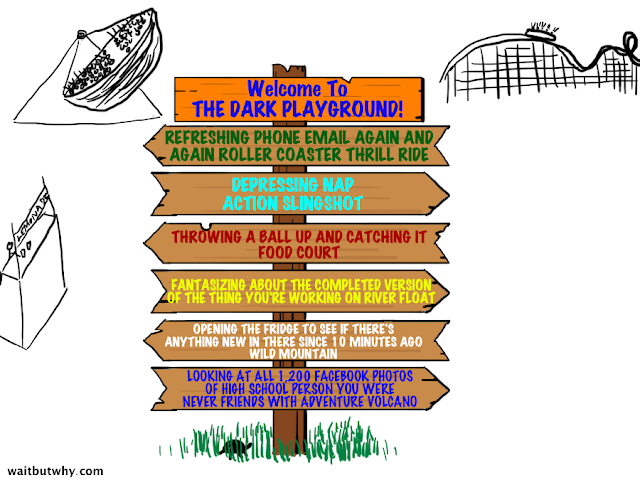Marketers are lost in the dark playground of personalisation
Many marketers are on a never-ending mission to nail the perfect personalisation ecosystem, but their attempts are most likely futile, writes AKQA’s Shaun Rowland.
Firstly, before you start reading me – do this. Tim Urban wrote what I consider to be the definitive post on procrastination. If you haven’t read it, do yourself a favour: go here first and enjoy the next twenty minutes – read both parts and pay attention to what he calls “The Dark Playground”.
Back? Good, let’s continue… Just like the dark playground of procrastination, there’s a dark playground of personalisation happening in marketing land. It’s a condition that leads to inertia, fatigue, and frustration, but with the illusion that something is being achieved. This condition is known as ‘personalisation paralysis’.



Interesting read, I can understand why and how this man is director of market strategy and performance.
Procrastination is a profoundly human condition, it often leads to disaster, but it can also be harnessed to good effect. The playground I can understand in both cases, but the “dark playground” is less identifiable as we go to play in search of creative tools and ideas.
Why, what, who, when, where, and worthwhile are all familiar questions and a handy checklist for a number of tasks.
I like a wide creative search, followed by simplicity and a little abandon.